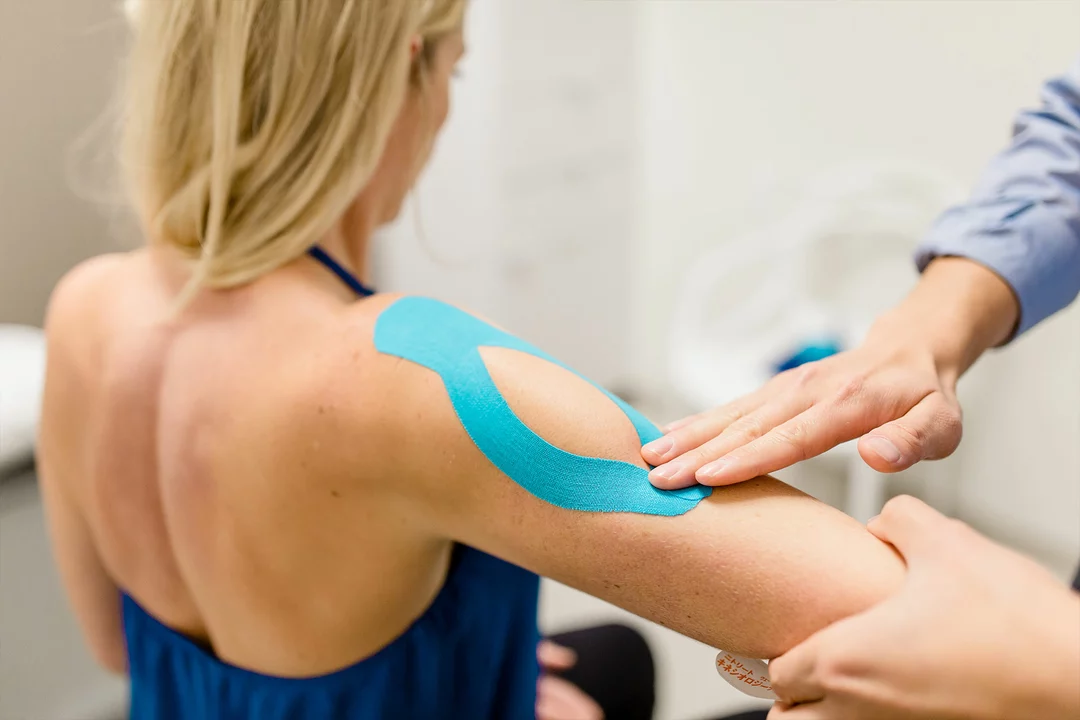Hydrotherapy: Easy Water Therapy Tips for Better Health
If you’ve ever felt refreshed after a hot shower or a cool dip in the pool, you’ve already tasted what hydrotherapy can do. It’s simply using water—hot, cold, or moving—to help your body feel better. No fancy equipment needed; just the right temperature and a bit of time.
Why Hydrotherapy Works
Water changes how blood flows. Warm water opens vessels, easing muscle tension and joint pain. Cold water tightens them up, which can reduce swelling after an injury. The pressure from moving water—like a shower stream or a bathtub jet—acts like a gentle massage that boosts circulation.
Simple Hydrotherapy Practices You Can Try
1. Warm foot soak: Fill a basin with comfortably hot water, add a pinch of Epsom salt, and soak for 15 minutes. Your feet get better blood flow and the salt helps relax sore muscles.
2. Contrast shower: Alternate between hot (30‑40 °C) and cold (10‑15 °C) water for 30 seconds each, repeat five times. This jump‑starts circulation and can wake up a tired body.
3. Hydro massage: Stand under a strong shower head, point it at sore shoulders or lower back, and let the stream roll over you for a few minutes. The water pressure loosens knots without any extra tools.
4. Cold compress for sprains: Wrap ice in a thin towel, press on the injured area for 10‑15 minutes. The cold numbs pain and limits swelling within the first 48 hours.
5. Steam inhalation: Boil water, pour into a bowl, lean over it with a towel covering your head, and breathe deeply for five minutes. This helps clear nasal passages and soothes throat irritation.
All these methods are easy to fit into a busy day. The key is consistency—doing them regularly gives the best results.
If you’re dealing with chronic issues like arthritis or frequent back pain, try a warm bath with Epsom salt two to three times a week. Combine it with gentle stretching while the water supports your joints; you’ll notice less stiffness after a few weeks.
For athletes or anyone who pushes their body hard, a post‑workout contrast shower can speed up recovery. Start warm to relax muscles, then finish cold to shrink any swelling. It feels intense at first but quickly becomes a refreshing routine.
Safety matters too. Never use water that’s scalding hot—aim for a temperature you could comfortably stay in for 20 minutes. If you have heart problems or low blood pressure, check with a doctor before doing big temperature swings.
Hydrotherapy isn’t just about treating pain; it can also lift mood. A warm soak triggers the release of endorphins, your body’s natural feel‑good chemicals. Even a short cold splash on the face can wake up your mind and improve focus.
So, next time you step into the bathroom, think of it as a mini health clinic. Pick one simple water technique, try it for a week, and notice how you feel. Small changes with water can add up to big benefits for body and mind.

As someone who has suffered from tendonitis, I can personally vouch for the benefits of hydrotherapy in aiding recovery. The warm water not only helps to soothe the affected area, but also increases blood flow, which in turn speeds up the healing process. The buoyancy of water takes some weight off the painful tendons, allowing for gentle, low-impact exercises that help to maintain muscle strength and flexibility without causing further damage. Plus, hydrotherapy sessions provide an opportunity for relaxation, which is essential for both physical and mental wellbeing during the recovery process. Overall, I highly recommend giving hydrotherapy a try if you're battling tendonitis - it's been a game-changer for me!
Read More